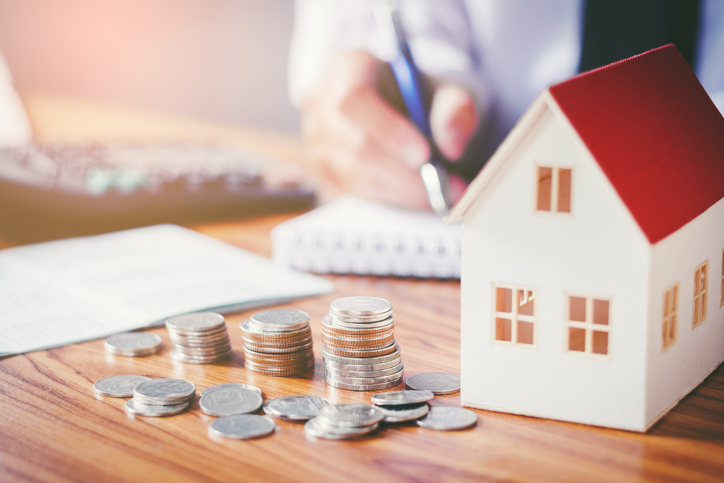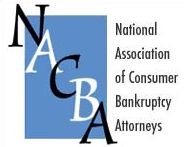Understanding Tax Liens and Bankruptcy
Most people choose Chapter 7 in the first place because they are overwhelmed financially – and this situation can include tax liens. It is important to understand how liens work when it comes to bankruptcy, so you can make the best possible decision for yourself and your family.
What are Tax Liens?
A lien is a claim to a specific piece of property; when you have a mortgage for your home, it functions as a lien on the property. If you do not pay, the home can be sold to allow the lender to recoup their costs. A lien functions in the same way; if you have a Federal or State tax lien, then the entity you are beholden to is the IRS or your state.
A Stay Via Bankruptcy
When you file for bankruptcy, it triggers an automatic stay which prevents collection activities and gives you some breathing room. If you do not have a lien yet, then the IRS can’t place one upon you once you are in bankruptcy – a tax lien filed before bankruptcy, though will still be in place even if you file.
Tax Liens During Bankruptcy
If you already have a lien in place, then it can be paid during the process. Depending on your particular situation, your lien could be paid in part or in full during this process. In many cases there are no assets to be used in a chapter 7 case, so there is nothing available for payment. When this happens, you’d still have the lien after your bankruptcy concludes.
Get Help with Tax Liens and Bankruptcy
The best way to determine what to do if you have a lien against your home or other property is to speak with an attorney. Your situation is unique, and you can only figure out the best path to financial freedom by taking your current debts, assets and if you have them, liens, into consideration. Contact us to talk about your specific case and needs; our bankruptcy lawyers are here to help you get a fresh start and get out from under your financial woes.



